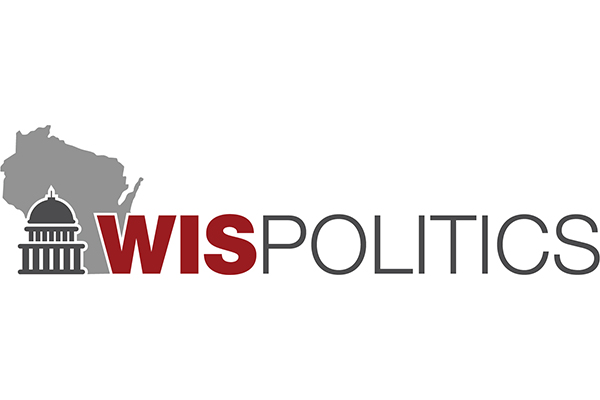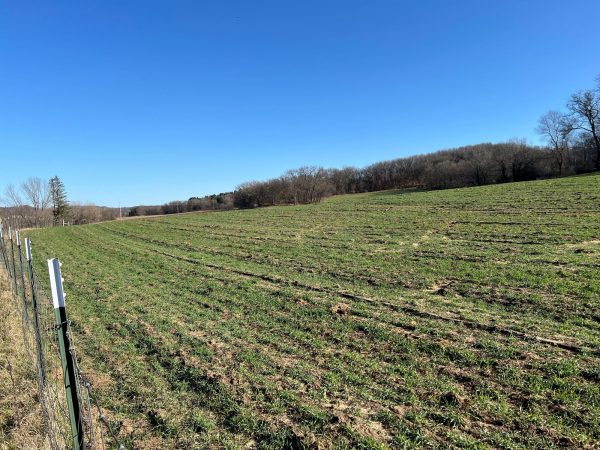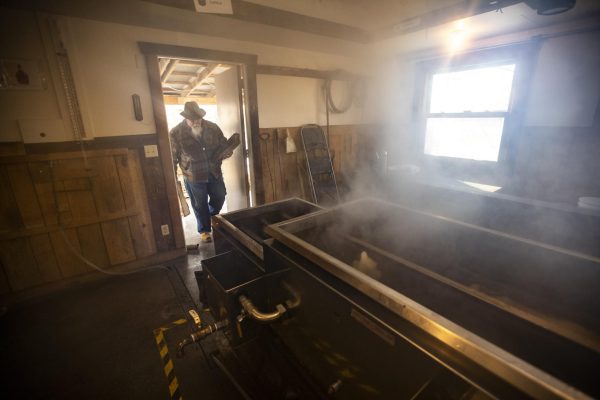Could projected surplus help improve state-local relations?
February 20, 2022
With new projections that the state’s bottom line will grow by $2.9 billion over the current two-year budget, Wisconsin lawmakers from both parties are debating how to utilize this newfound windfall.
The state’s unprecedented fiscal position may create the best opportunity in years to help local governments with their growing challenges — including those posed by a tight labor market and high inflation — and ease longstanding conflicts in the state-local funding relationship.
State tax collections for the period covered by the current state budget (July 1, 2021, through June 30, 2023) are now projected to exceed budgeted projections by $2.51 billion, or 6.7%. Combined with other developments, this means the state is now projected to enjoy a $3.91 billion gross general fund balance at the end of the two-year budget cycle. In addition, the state’s rainy day fund is expected to remain at a record-high $1.73 billion throughout this budget.
Consequently, state policymakers now must decide how to use some or all of the projected surplus. One option that has fallen beneath the radar thus far is using some portion of the funds to help address financial challenges faced by municipal and county governments throughout Wisconsin.
In 1911, Wisconsin leaders created the first state income tax in the country. Municipalities initially received 70% of the state income tax collections, counties 20%, and the state 10%.
Over time, not only has the percentage of revenues paid to local governments dramatically declined but also the concept of “sharing” state tax revenues as they grow has been abandoned. While state income tax collections more than tripled since the early 1990s, appropriations for the shared revenue program — the primary mechanism for upholding the state’s original commitment to redistribute some portion of state income and sales tax collections to local governments — have declined.
Strict limits on the extent to which municipalities and counties can increase property taxes have caused those revenues to lag inflation in all but two years since 2011. Meanwhile, local governments now face new cost concerns resulting from the state’s extremely tight labor market and mounting expenditure pressures in areas like public health, human services, and public safety.
Given these factors, it is questionable whether many local governments will be able to stave off service cuts without some relief from the state once federal relief funds are exhausted.
If state leaders wish to use a portion of the projected surplus to help local governments in the next state budget, options could include increasing the shared revenue appropriation and tying it to inflation, as well as narrower approaches aimed at shoring up specific services, like increasing reimbursement for EMS services. Reconsidering levy limits also may be an option, either in general or to exempt specific services.
The state’s unprecedented fund balances and surging tax collections may now offer the best opportunity in decades to reconsider the local government revenue structure and ensure appropriate capacity for the delivery of vital services by county and municipal governments across Wisconsin.
This information is provided to Wisconsin Newspaper Association members as a service of the Wisconsin Policy Forum, the state’s leading resource for nonpartisan state and local government research and civic education. Learn more at wispolicyforum.org.





















